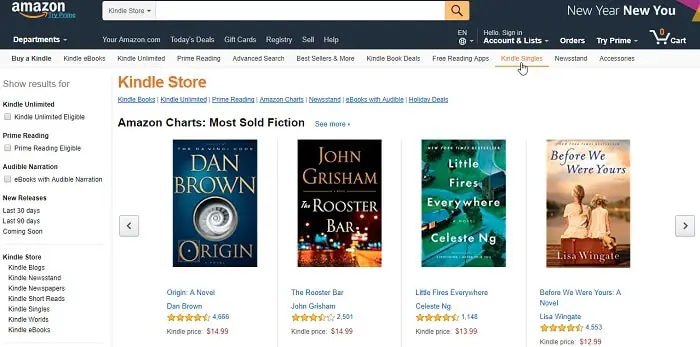

The hardware business does not net Amazon any meaningful revenue, but their entire Kindle business centers around selling digital content, such as audiobooks, ebooks, comics, Kindle Unlimited subscriptions, as well as Kids+. Basically, Amazon implemented this policy as a way to get people to upgrade every few generations, and continue their investment in the Amazon ecosystem. The latest generation Kindle Paperwhite 11th Generation and the Kindle Paperwhite Signature Edition will be supported until the end of the decade. This means that the current generation Kindle Basic 2019, Kindle Paperwhite 10th generation and Kindle Oasis 3 will only be supported until 2024-2026. The real reason why Amazon won’t issue a firmware update? It goes against a new Kindle upgrade policy.Īmazon stated late last year they will only issue security updates for four years, when the Kindle was last available for purchase on the Amazon website.

Amazon could issue a firmware update to solve this issue, and upgrade TLS for older Kindle e-readers, but why bother? I would bet there is a small population of users that read on ten year old Kindles with poor PPI and E INK Pearl screens. The Amazon Bookstore sometimes updates their security and the minimum the store accepts is TLS 1.2, but it is ideal that all devices use TLS 1.3. I believe this whole issue has to do TLS certificates. The only way you can still buy books, is by visiting the online Amazon website on a mobile internet browser or your computer, finding books you want to buy, make the purchase decision and then syncing your Kindle to fetch the new content, it is quite the workaround.

This will affect the Kindle 2nd Gen International, Kindle DX International, Kindle Keyboard, Kindle 4th generation, and the Kindle 5th generation. Effectively, the store will be inaccessible. This means you won’t be able to browse, buy or even download free samples. Amazon has announced that in August, a large number of older Kindle e-readers will no longer be able to access the bookstore.


 0 kommentar(er)
0 kommentar(er)
